The yuan, yen and won are under less pressure and a stronger Indian rupee is the outlook for major Asian currencies if the Fed cuts interest rates.
The US Federal Reserve's expected interest rate cut this year may not be good news for the US dollar, but some Asian currencies will benefit.
Because rising interest rates strengthen a country’s currency, in this case attracting foreign investment and increasing demand for dollars. But when the greenback weakens, it is positive for some other markets, which is what happens when the Fed cuts interest rates in non-economic crisis periods.
The Fed took a more dovish stance in December 2023 but kept its benchmark interest rate unchanged at 5.25% to 5.5% at its meeting last month. Markets now expect rates to start falling in the summer. The CME FedWatch tool predicts the first 25 basis point rate cut as early as June. Here are some predictions for Asian currencies if the Fed acts.
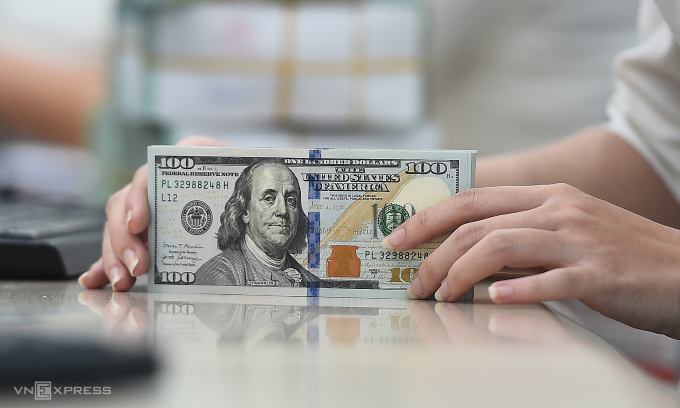
USD at a bank transaction office in Ho Chi Minh City on November 14, 2022. Photo: Thanh Tung
Yuan stops depreciating
If the Fed starts cutting rates in the summer, it will narrow the interest rate differential between the world's two largest economies and ease some of the pressure on the yuan. Yield differentials are a way to compare bonds by the difference in the yields they offer.
Unlike other major currencies such as the Japanese yen or the US dollar which have free exchange rates, China maintains strict control over the yuan, through the People's Bank of China (PBOC) setting a daily central rate.
China has been trying to stabilize the yuan against the dollar and is expected to continue doing so, according to Arun Bharath, chief investment officer at Bel Air Investment Advisors. The yuan has fallen to seven per dollar, reflecting a weaker economy in China. "The currency is unlikely to depreciate further as authorities ramp up fiscal stimulus, credit growth and property prices," Bharath said.
Indian Rupee Strengthens
The Indian rupee could benefit from the carry trade this year, a strategy in which traders borrow low-yielding currencies to buy high-yielding assets such as bonds.
There is a lot of carry trade in currencies like the yen or the euro, said Anindya Banerjee, vice president of currency and derivatives research at Kotak Securities. And when interest rates fall in the US, there will be dollar trade. “That is positive for the Indian currency,” said Anindya Banerjee, vice president of currency and derivatives research at Kotak Securities.
The rupee could also strengthen as the Reserve Bank of India (RBI) may ease monetary policy more slowly than other central banks. The RBI will cut interest rates “much slower” than the Fed because India does not have an inflation problem like Europe or the US. “Fiscal policy is working, the economy is doing very well,” Banerjee said.
The rupee has strengthened to 82.82 per dollar in the past three months. Last year, the Indian currency fell 0.6% against the dollar, much less than the 11% decline in 2022.
South Korean Won relieves pressure
The South Korean won has been under pressure for the past three years. But an improving economic outlook and the Fed’s easing policy should help ease that stress this year.
"As a low-interest-rate and highly cyclical currency, we believe the won will be one of the main beneficiaries of Fed easing in the second half of the year, as lower interest rates not only ease pressure on the won through the exchange rate mechanism but also boost global growth prospects," said Simon Harvey, head of FX analysis at Monex.
The won’s rise depends on how much the Fed cuts rates. Harvey said the currency could appreciate 5% to 10% if the Fed is aggressive and only 3% if it is soft. South Korea’s economic outlook is also expected to improve this year. The International Monetary Fund forecasts the country’s GDP to grow 2.3% in 2024 and 2025, up from 1.4% last year.
Japanese Yen depreciates less
The dollar fell 0.19 percent against the yen on February 19, to 149.94 yen per dollar. But the greenback is still up about 6 percent against the yen this year, as Japan maintains an ultra-loose monetary policy. This has created a large gap between the two countries’ bond yields, increasing the dollar’s appeal.
Speculators increased their net selling of yen to $9.2 billion, the highest in more than two months, according to the latest weekly data from the U.S. Securities and Exchange Commission, fueling speculation that the Japanese government may intervene to prop up the currency.
Takeshi Minami, chief economist at Norinchukin Research Institute, expects the currency trend to change direction sometime later this year as the Fed moves to cut rates and the Bank of Japan (BOJ) raises rates. "I don't expect the yen to weaken much from here," Minami told Bloomberg .
The BOJ has eased its grip on bond yields with three adjustments to its yield curve control program since December 2022, measures that observers see as aimed at easing pressure on the yen. Japan also intervened directly in the foreign exchange market three times in 2022, when the yen hit multi-decade lows, at one point approaching 152 yen to the dollar.
The dollar held steady on Feb. 19 after rising for a fifth straight week on strong inflation data. The dollar index, which tracks the currency against a basket of six peers, was little changed at 104.18, after rising 0.18% last week.
Minutes from the Fed’s last meeting, scheduled for Wednesday (February 21), are likely to be the main news item for investors this week. Markets are expecting the Fed to cut interest rates by about 90 basis points this year.
Phien An ( according to CNBC, Reuters, Bloomberg )
Source link




![[Photo] Prime Minister Pham Minh Chinh chairs a special Government meeting on the arrangement of administrative units at all levels.](https://vphoto.vietnam.vn/thumb/1200x675/vietnam/resource/IMAGE/2025/5/9/6a22e6a997424870abfb39817bb9bb6c)
![[Photo] General Secretary To Lam and international leaders attend the parade celebrating the 80th anniversary of the victory over fascism in Russia](https://vphoto.vietnam.vn/thumb/1200x675/vietnam/resource/IMAGE/2025/5/9/4ec77ed7629a45c79d6e8aa952f20dd3)
![[Photo] Russian military power on display at parade celebrating 80 years of victory over fascism](https://vphoto.vietnam.vn/thumb/1200x675/vietnam/resource/IMAGE/2025/5/9/ce054c3a71b74b1da3be310973aebcfd)

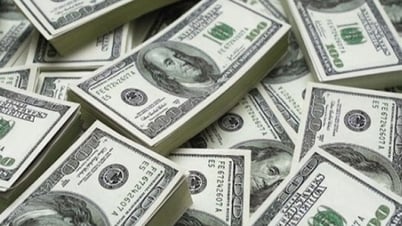









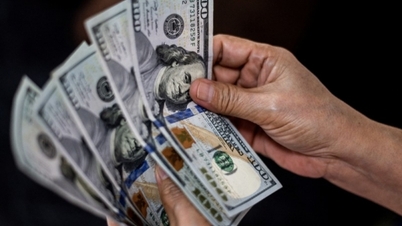















![[Photo] Magical moment of double five-colored clouds on Ba Den mountain on the day of the Buddha's relic procession](https://vphoto.vietnam.vn/thumb/1200x675/vietnam/resource/IMAGE/2025/5/9/7a710556965c413397f9e38ac9708d2f)










































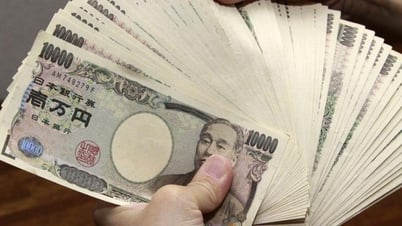



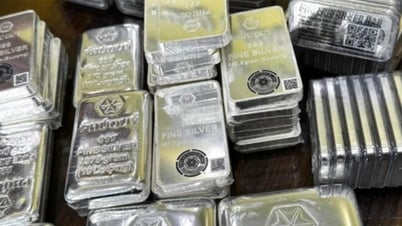
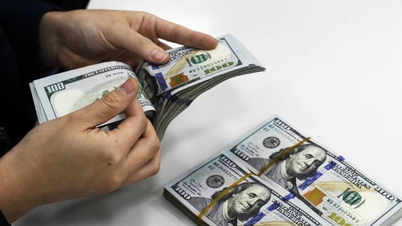











Comment (0)